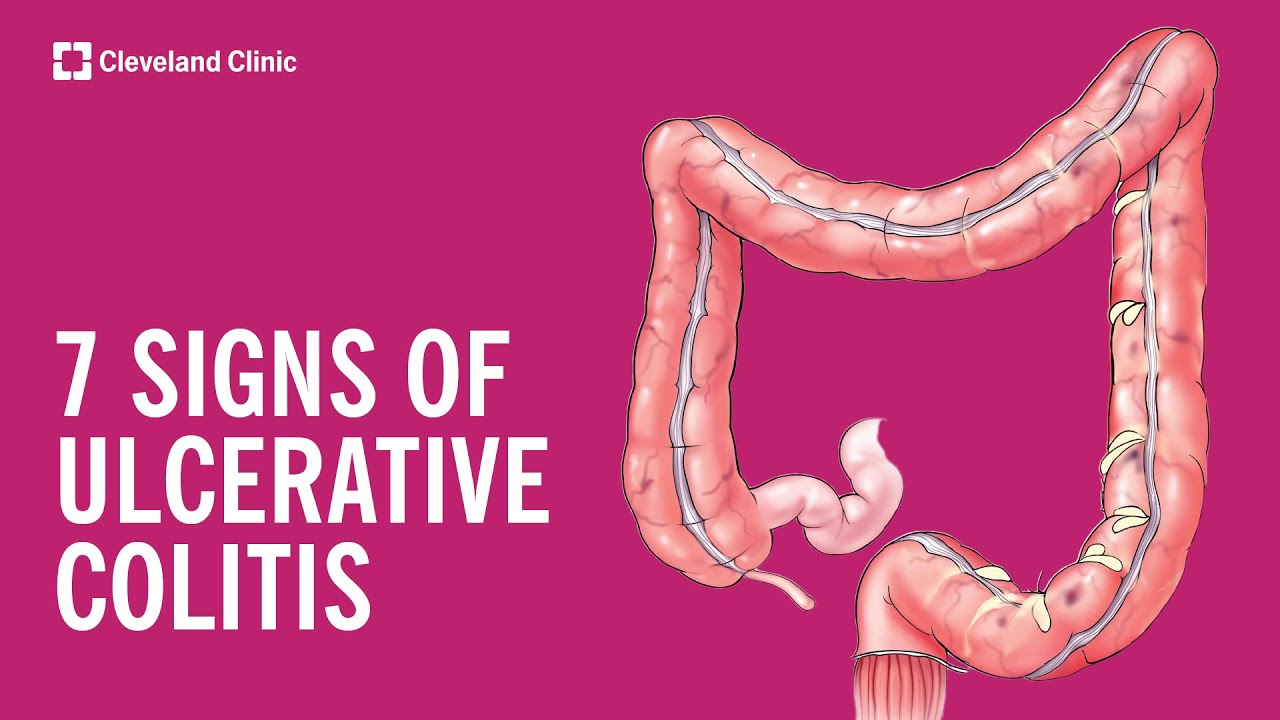The Gastroenterology Channel
April 12, 2012 • Gastroenterology, Internal Medicine, Reuters Health • The Doctor's Channel Newscast
NEW YORK (Reuters Health) – A Japanese team has confirmed endoscopically that when a standard once-daily dose of rabeprazole fails to resolve reflux esophagitis, a twice-daily regimen may be more successful.
“In subgroup analyses, the endoscopically confirmed healing rates were higher in the RPZ (rabeprazole) 10 and 20 mg b.i.d. groups than in the 20 mg q.d. group, particularly in patients with nocturnal heartburn or sleep disorders due to nocturnal symptoms,” the investigators note in the American Journal of Gastroenterology online March 20.
Dr. Yoshikazu Kinoshita at Shimane University School of Medicine, Izumo, Shimane, and Dr. Michio Hongo at Tohoku University Hospital, Sendai, Miyagi ,point out that about 10% of patients with reflux esophagitis are not healed with a standard 8-week course of a once-daily PPI, and guidelines recommend double doses or divided dosing in such cases. However, the efficacy of that approach has not been evaluated with endoscopic confirmation of healing.
The current study included 337 patients with refractory reflux esophagitis despite a standard 8-week PPI course. The team randomly assigned them in double-blind, double-dummy fashion to treatment with rabeprazole 20 mg b.i.d. or 10 mg b.i.d. or 20 mg q.d. (controls) for up to 8 weeks. The participants underwent an esophagogastroduodenoscopy examination at baseline, 4 weeks and 8 weeks.
Cure rates were significantly higher in the 20 mg b.i.d. group (77.0%; p=0.003) and 10 mg b.i.d. group (78.4%; p=0.001) than in the 20 mg q.d. group (58.8%), the authors report.
As for safety, adverse events were significantly more frequent with 20 mg b.i.d. (54.4%), but not with 10 mg b.i.d. (47.7%), than with 20 mg q.d. (39.3%), according to the report.
Further analysis of healing rates with respect to Los Angeles classification of esophagitis grade led Drs. Kinoshita and Hongo to conclude: “On the basis of these results, we consider that patients with PPI-resistant RE (reflux esophagitis) of grade A or B can be well treated with RPZ at 10 mg b.i.d., whereas 20 mg b.i.d. is expected to be the optimal regimen for patients with grade C or D to achieve the highest healing rate.”
SOURCE:
Am J Gastroenterol 2012.







